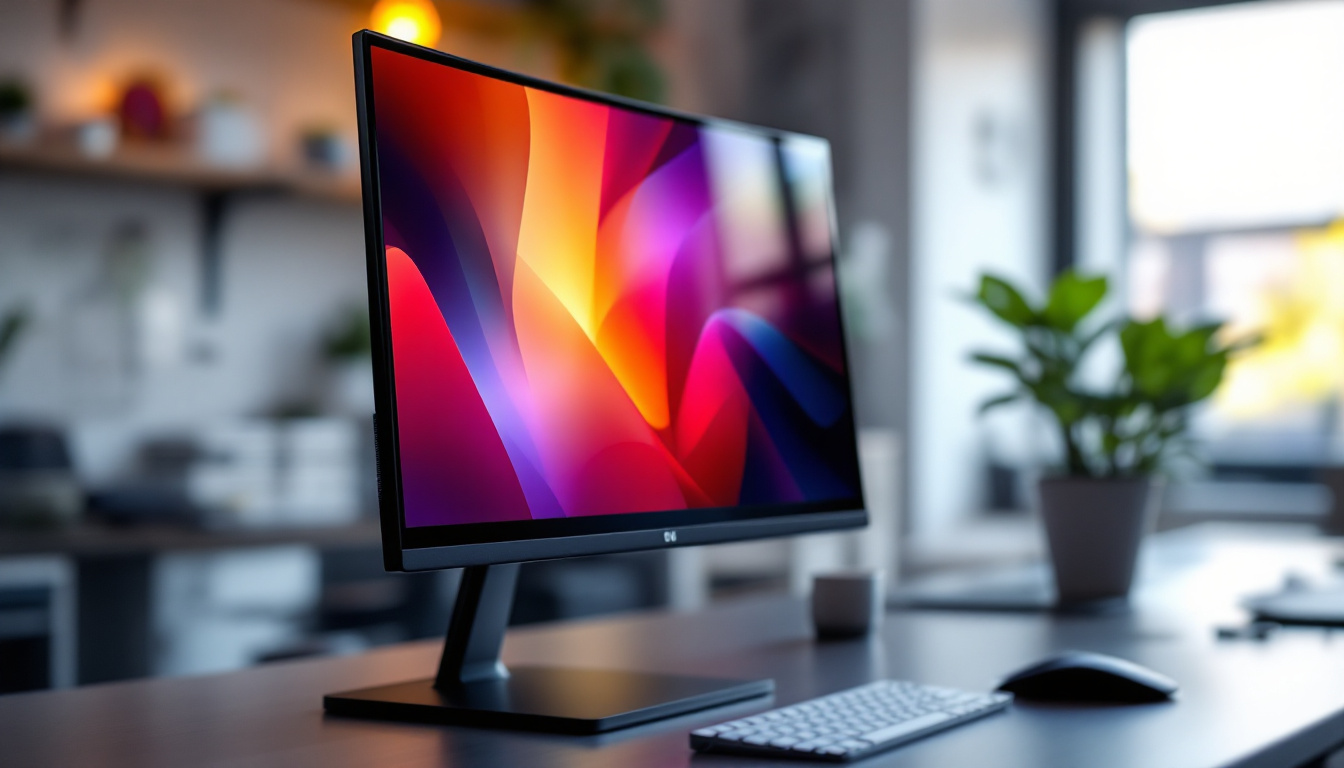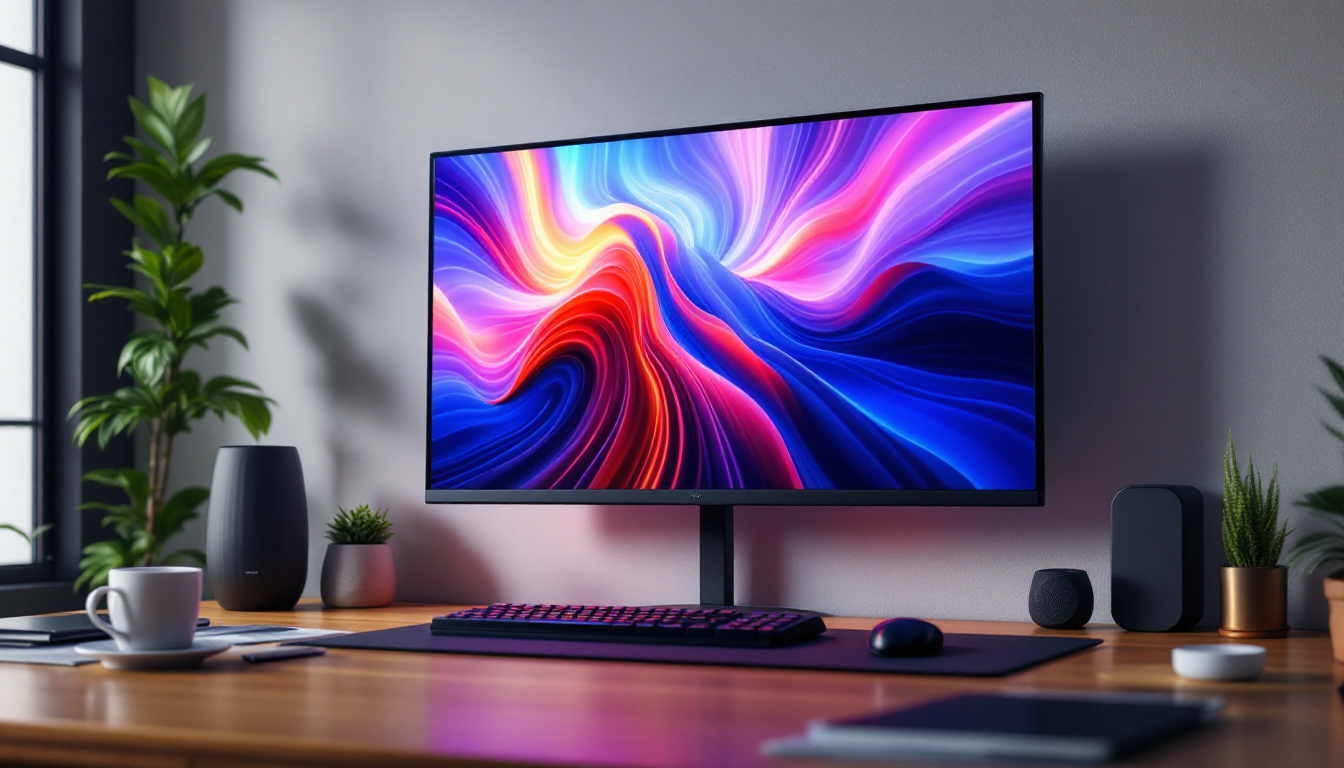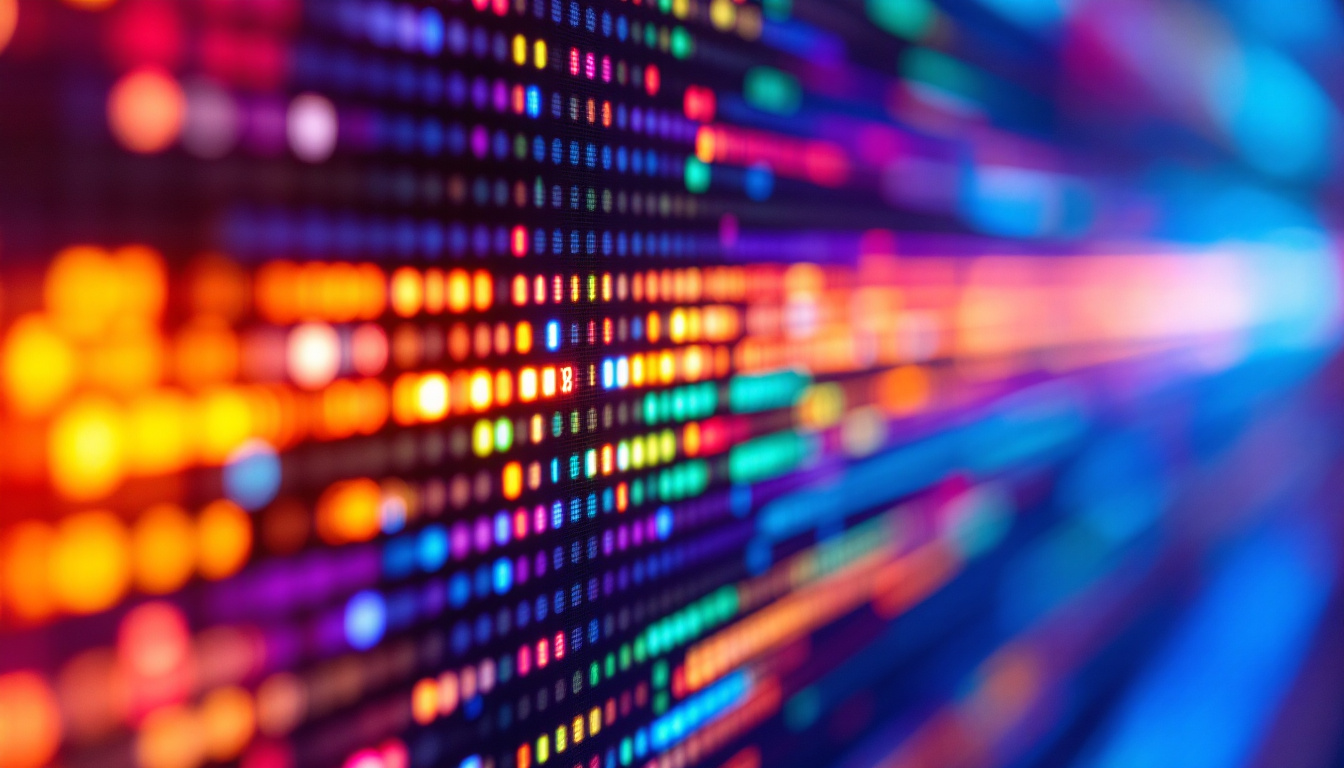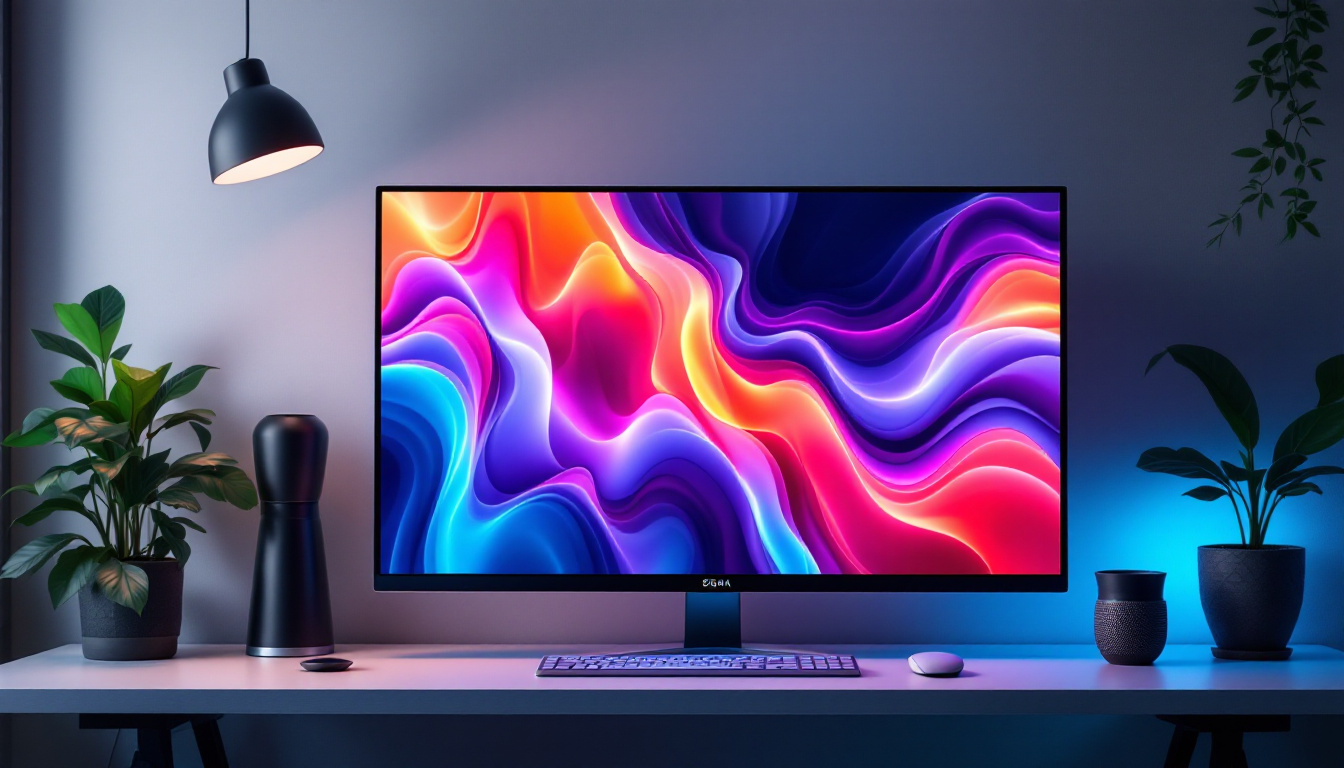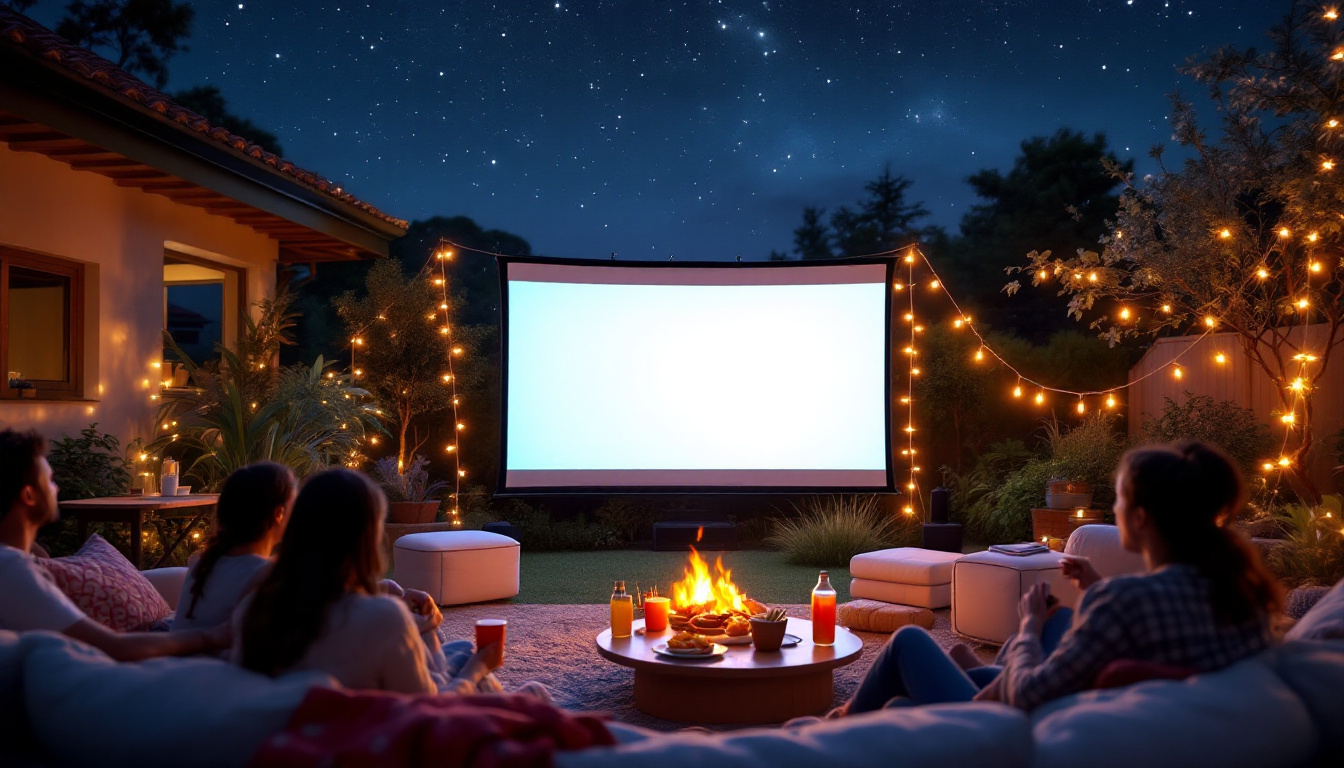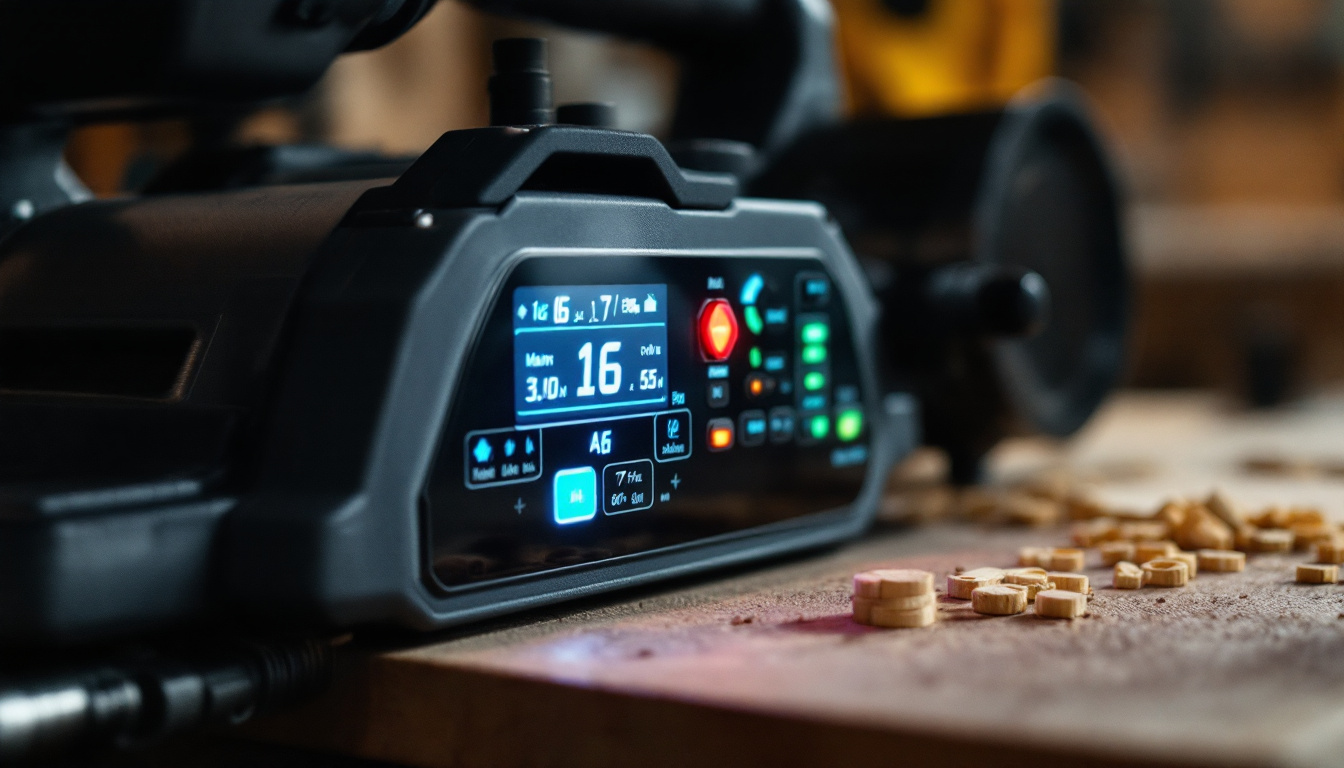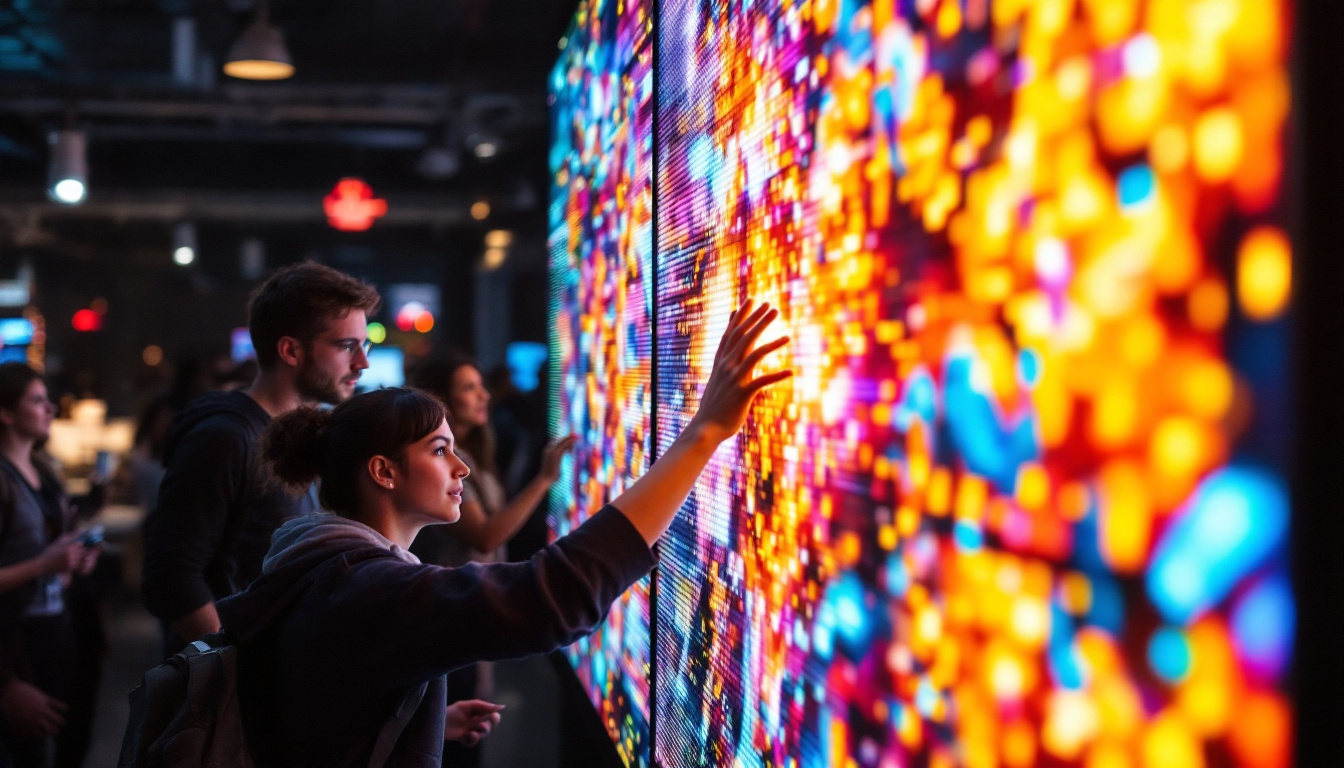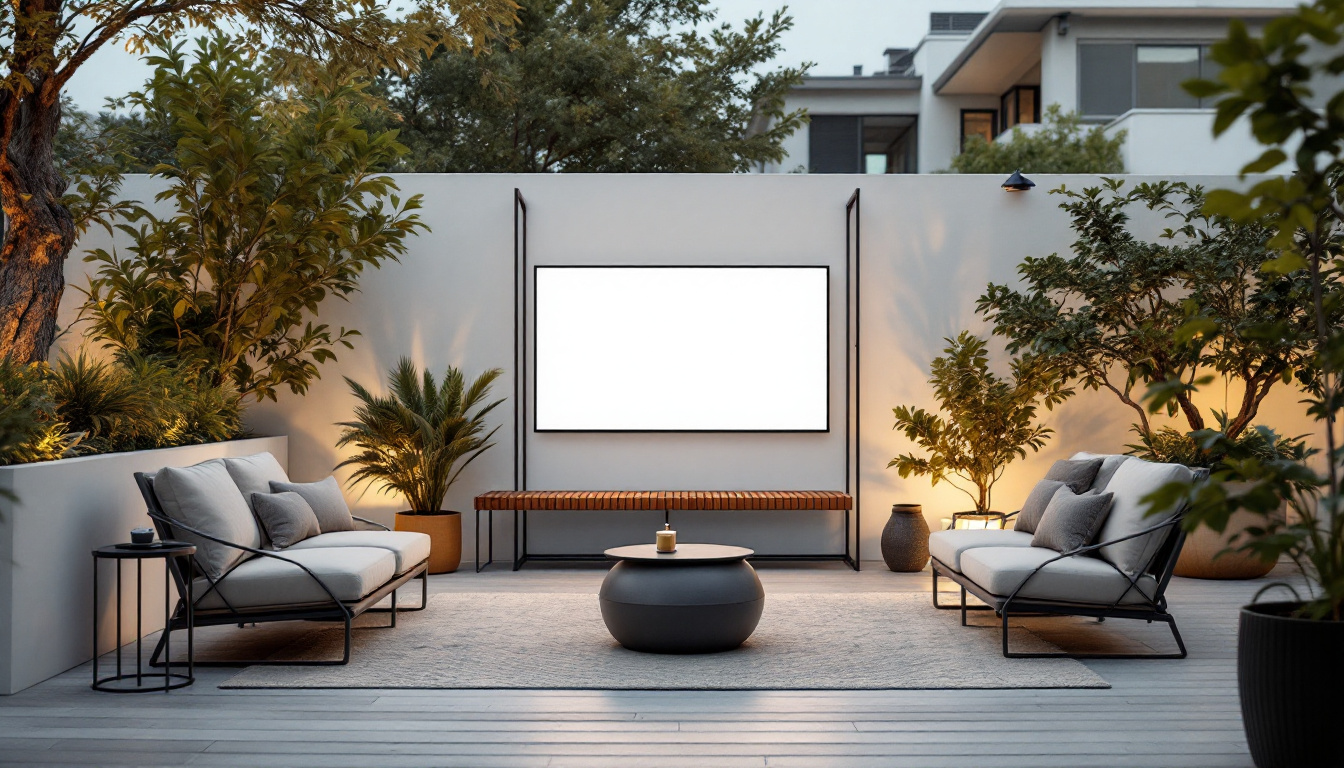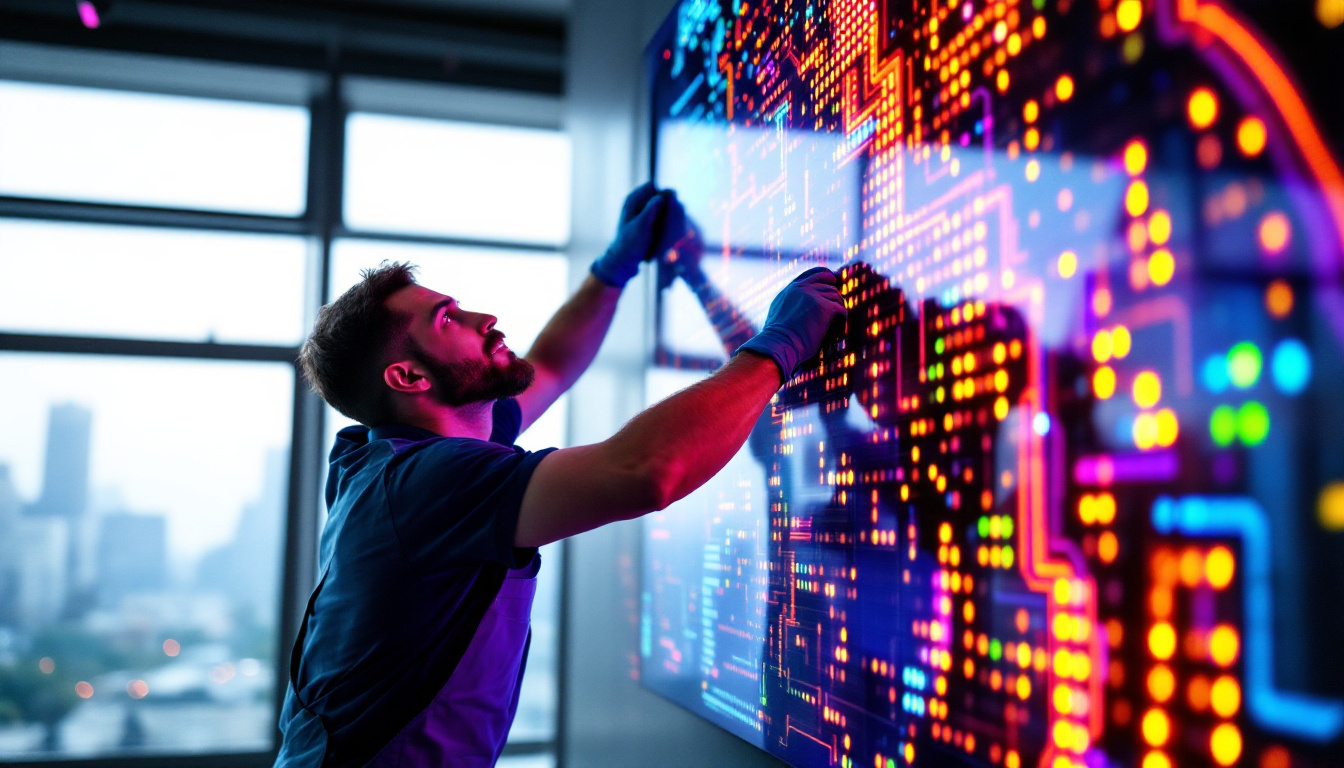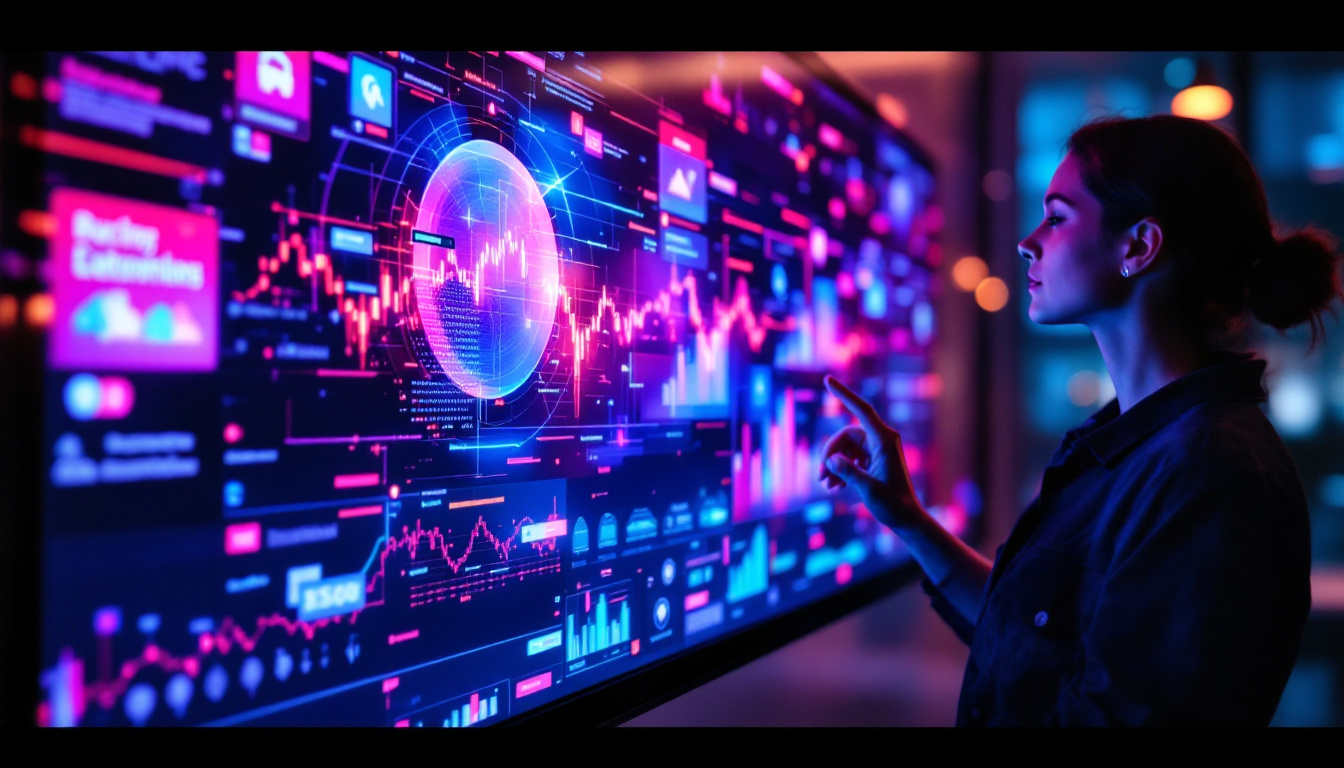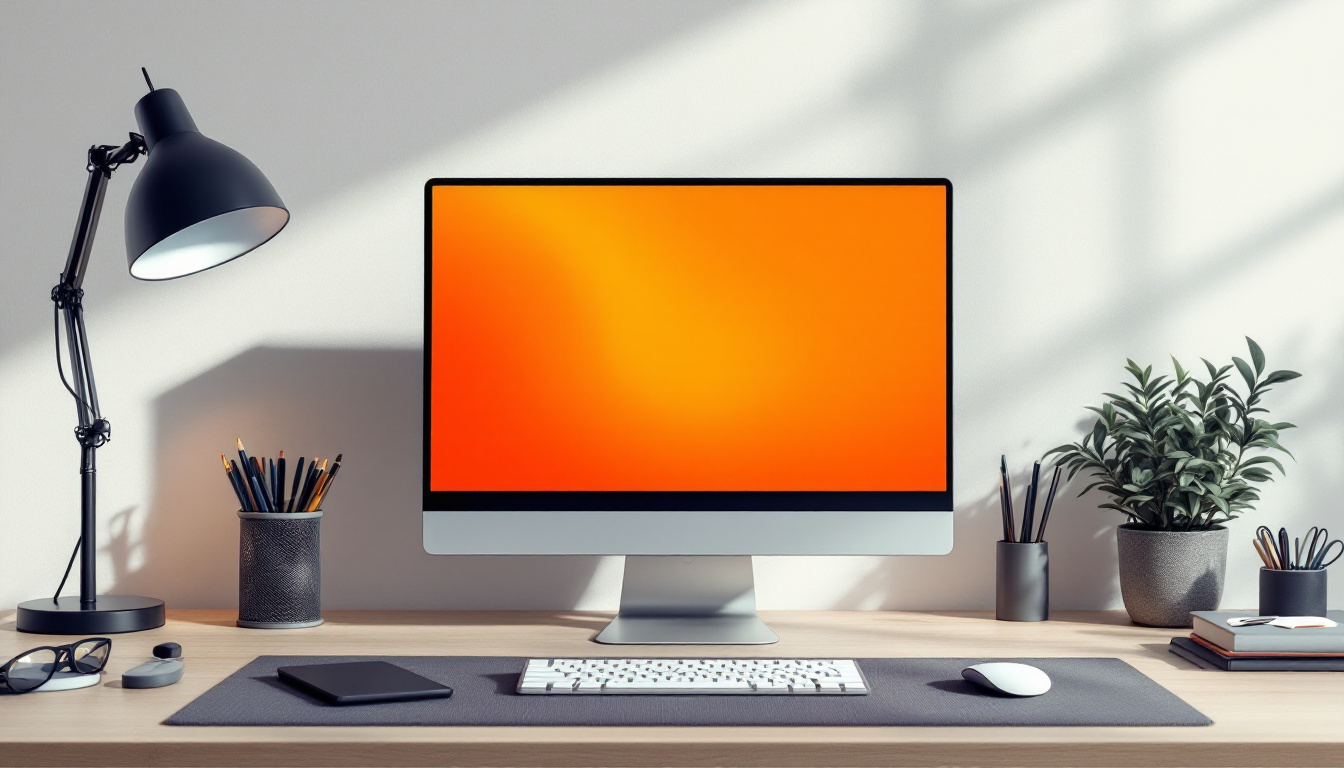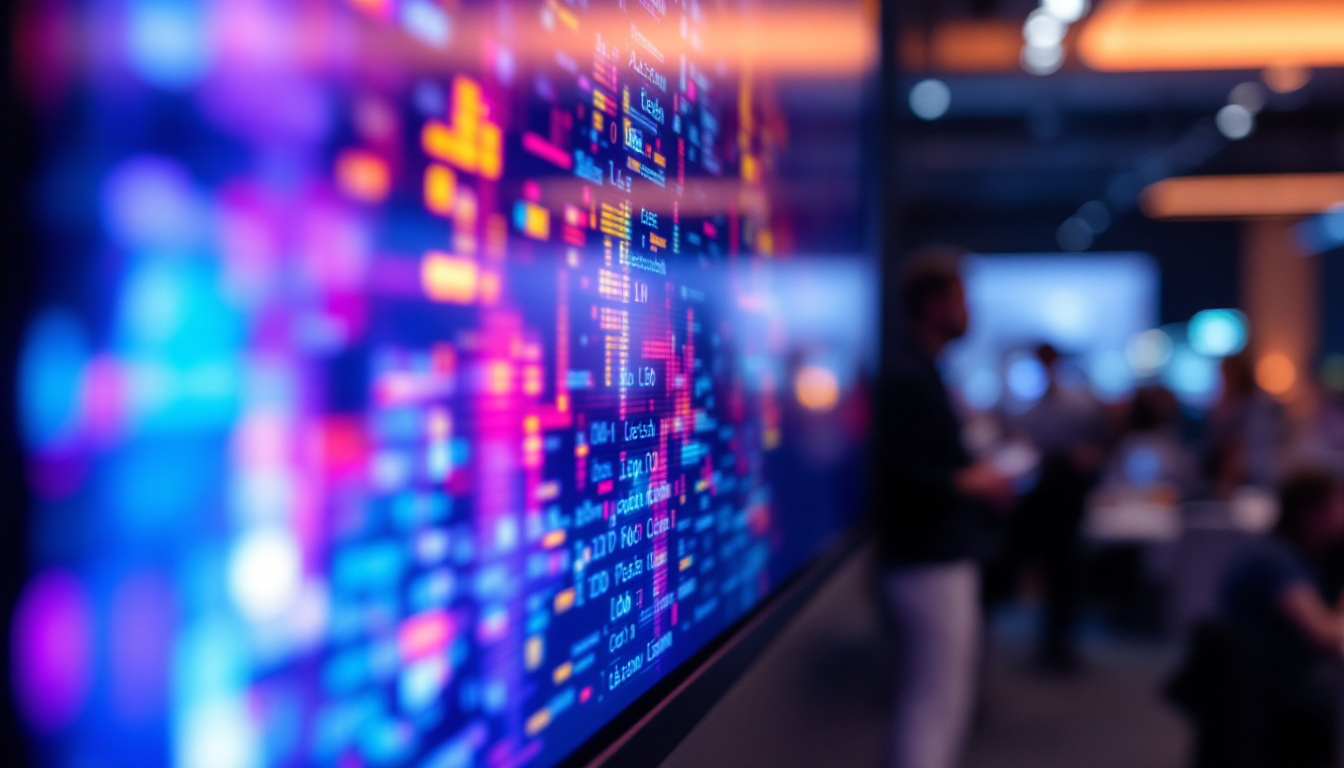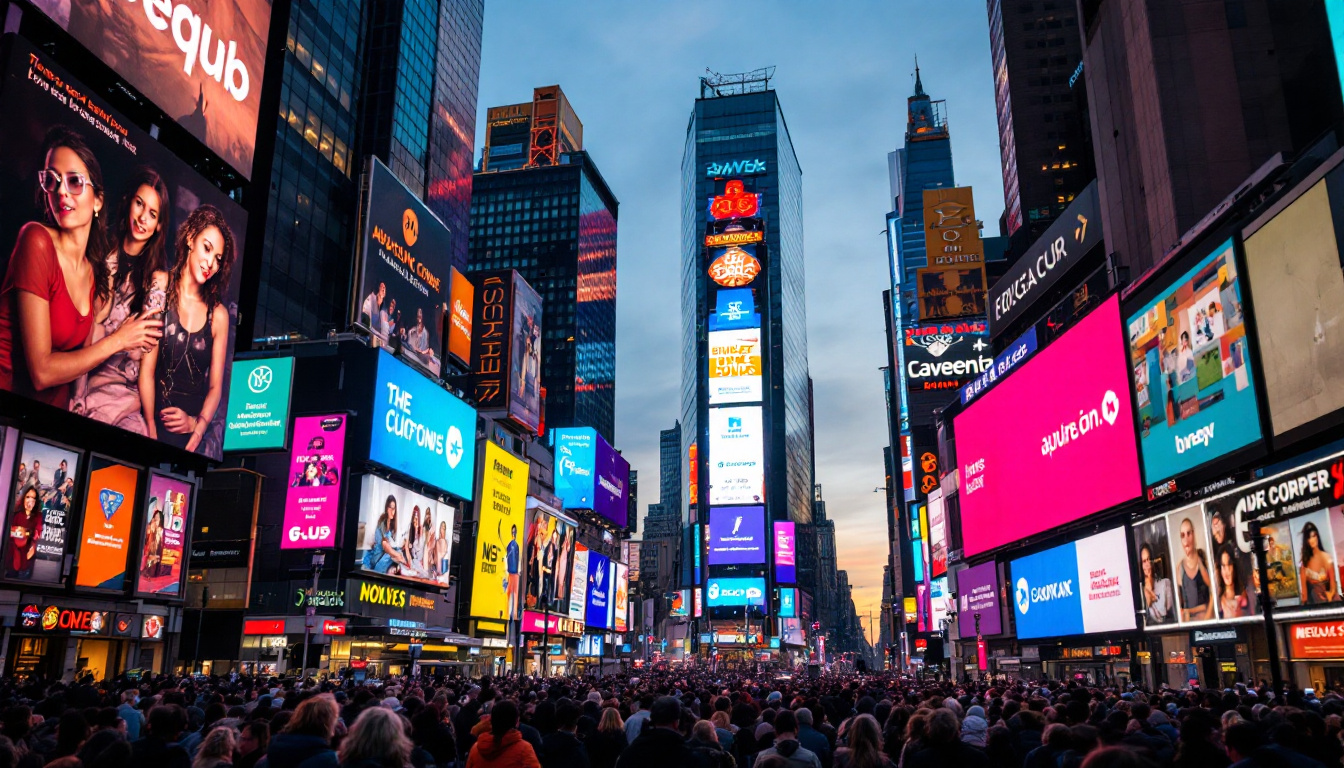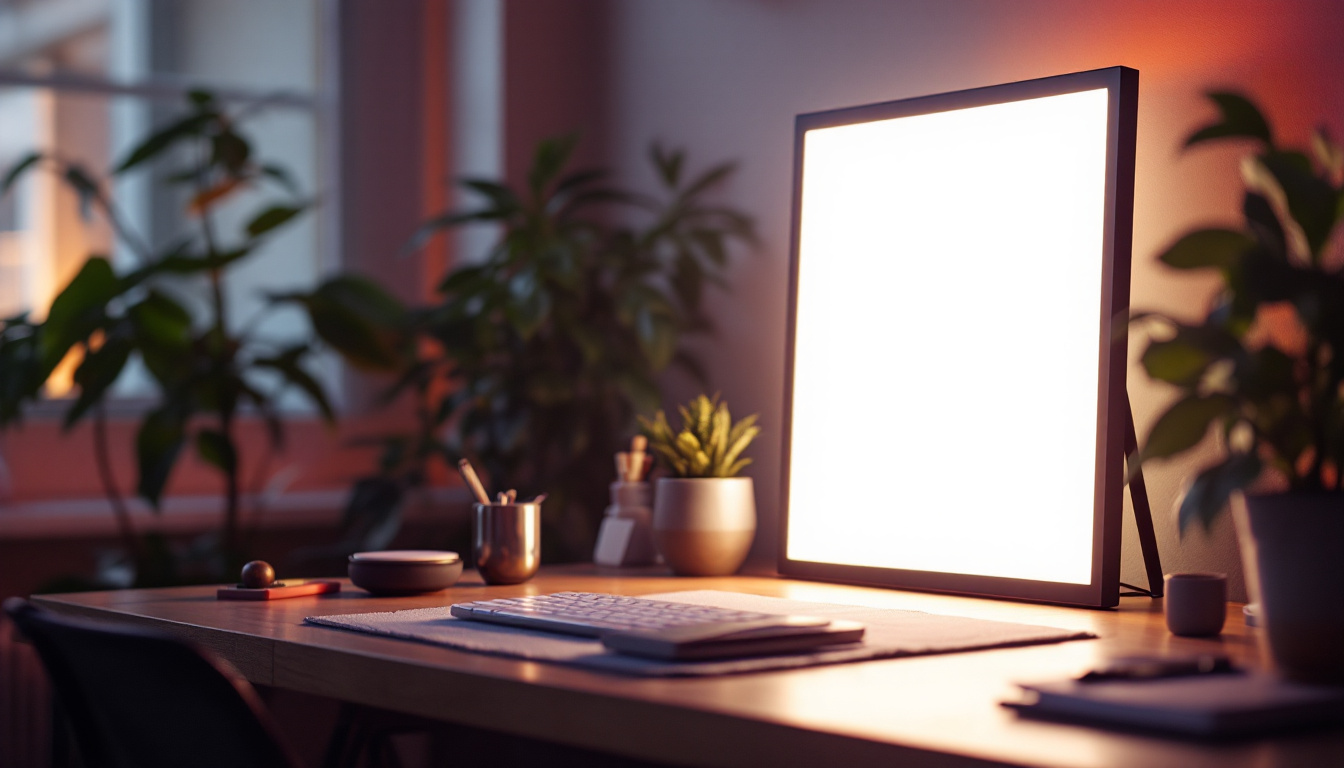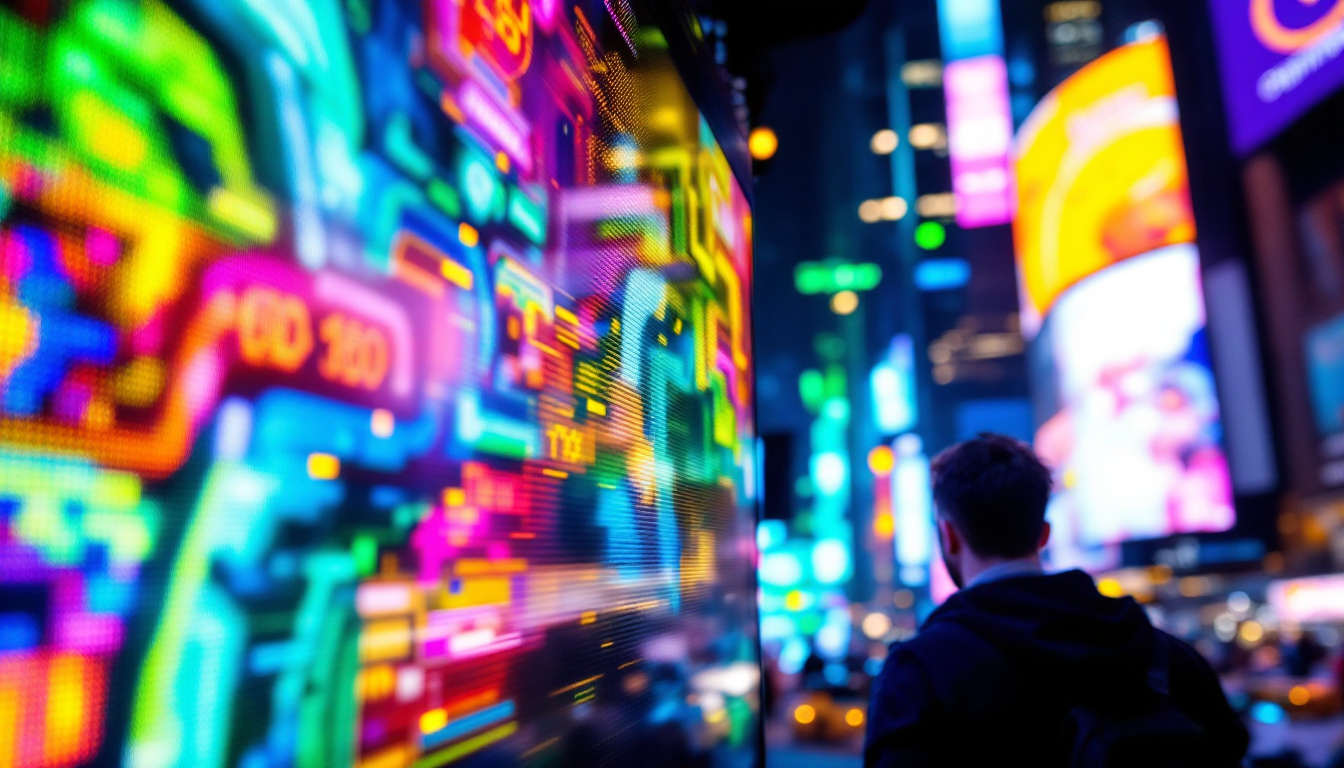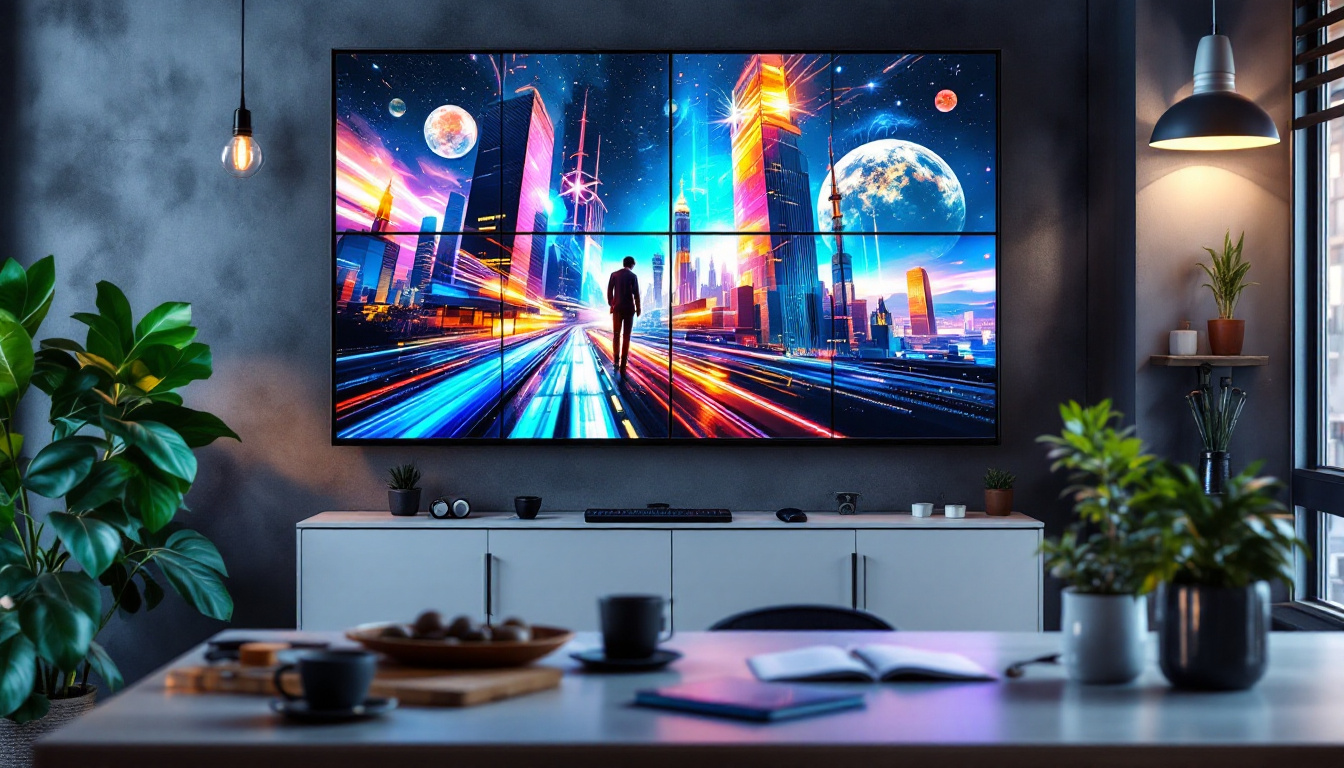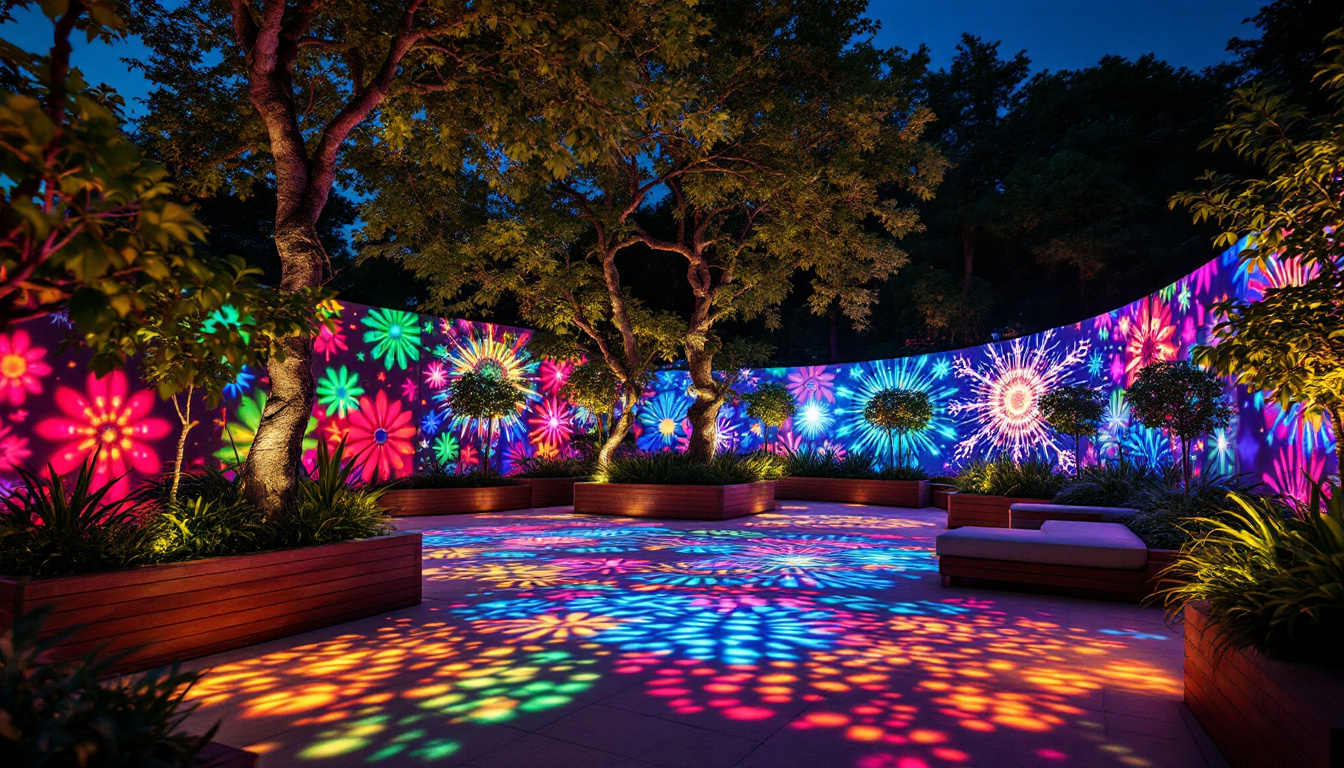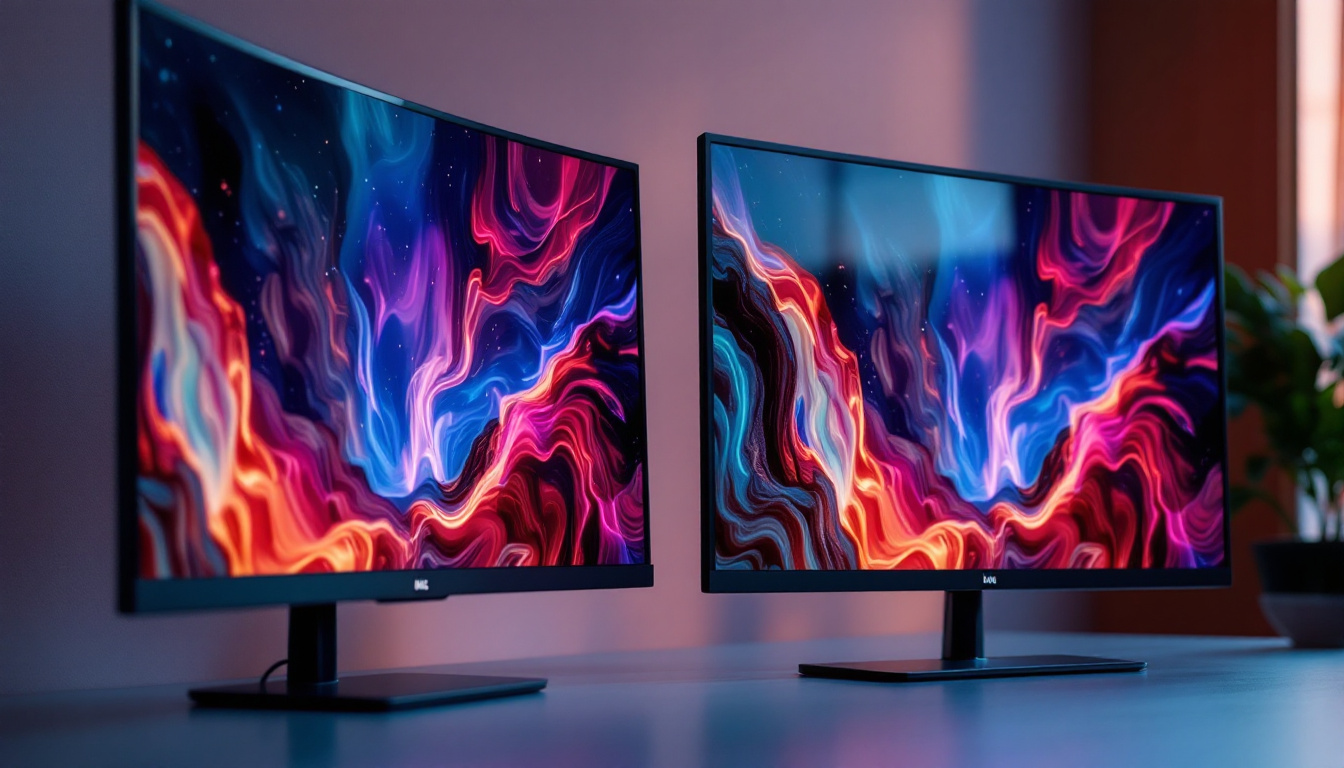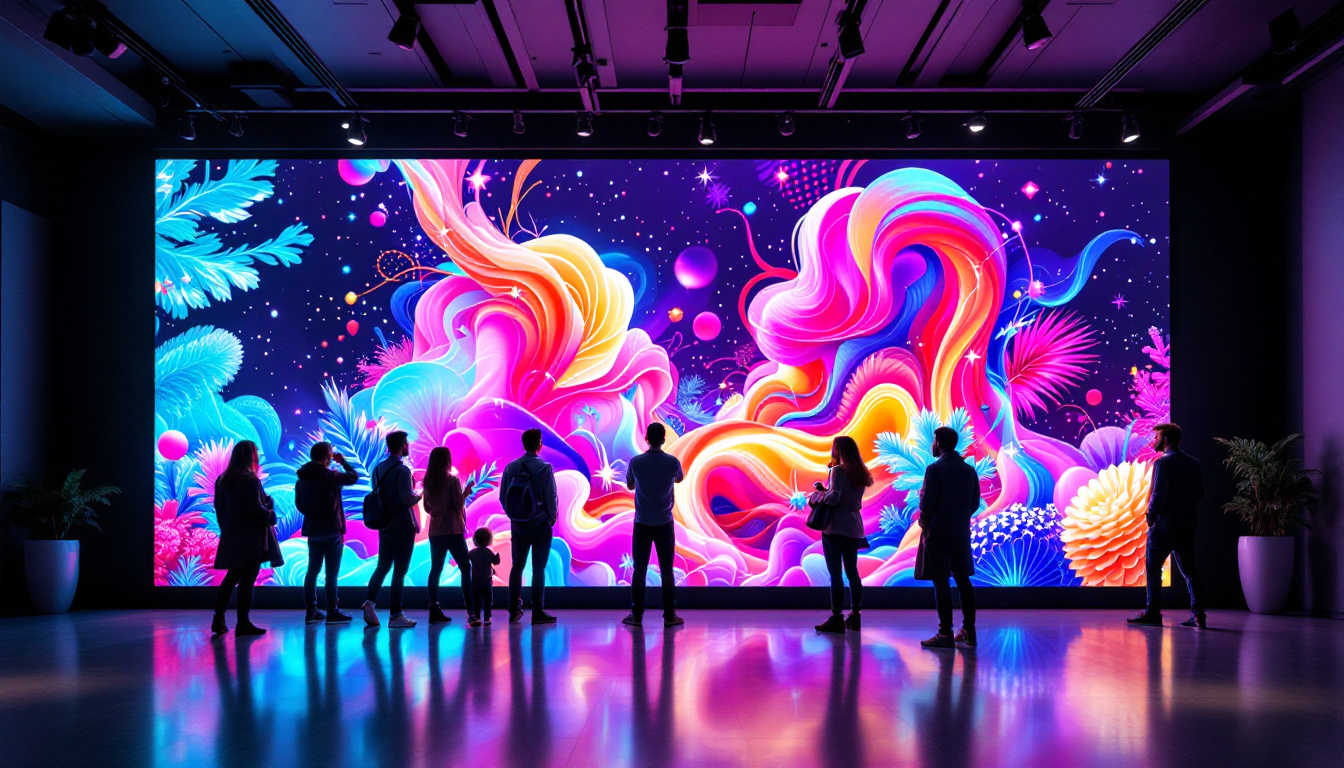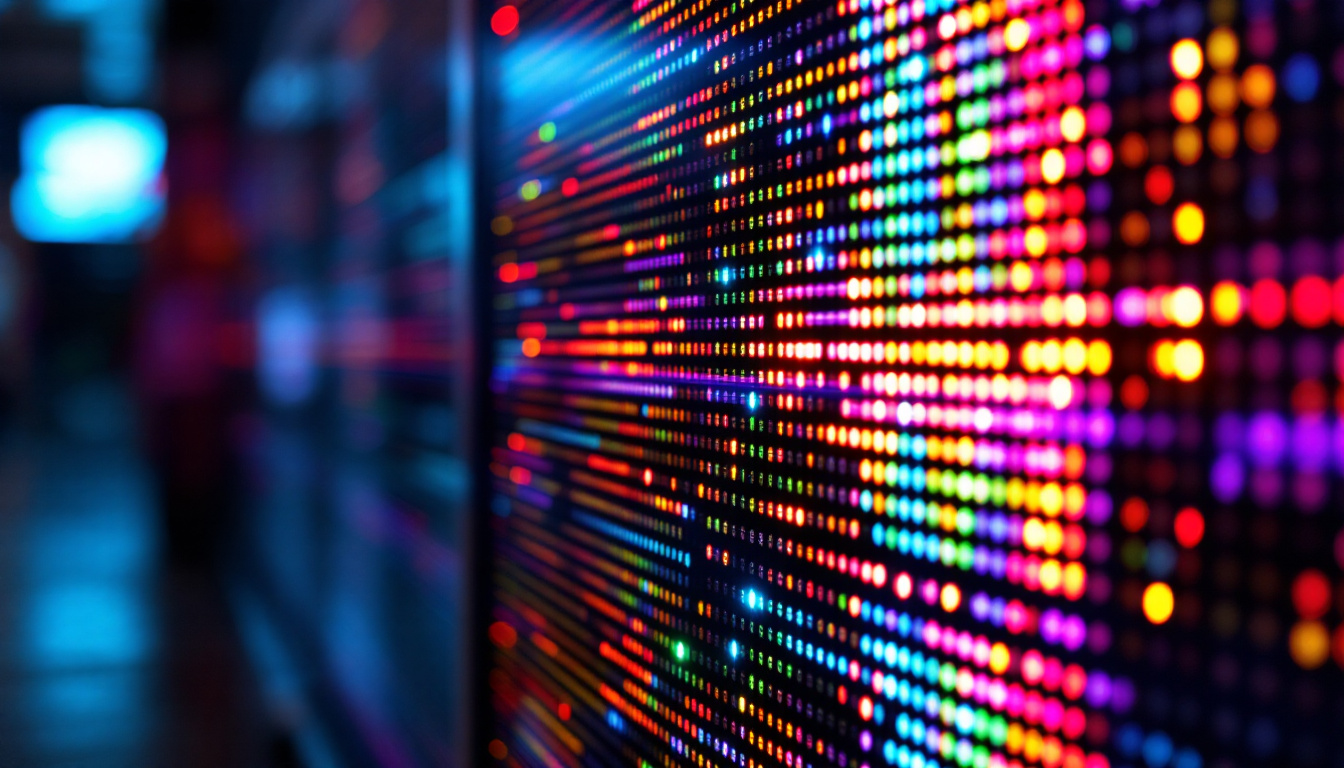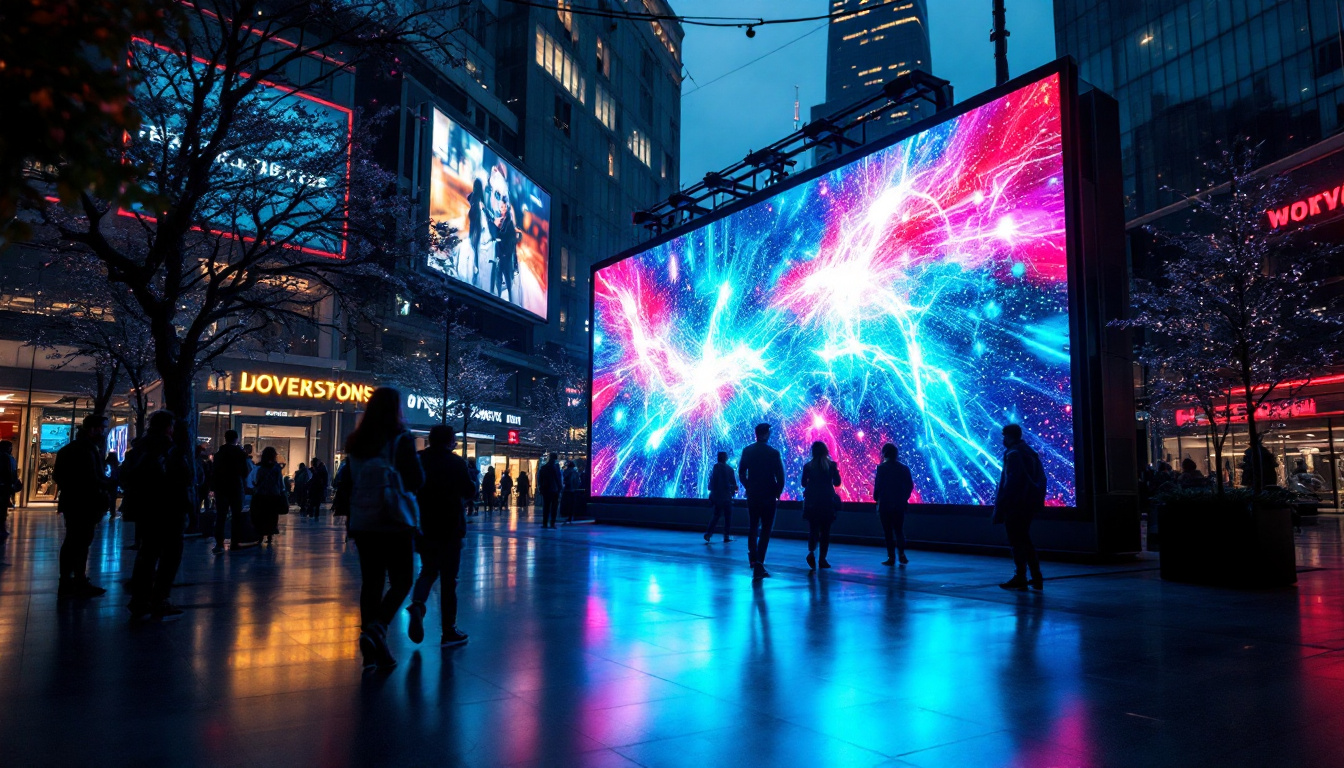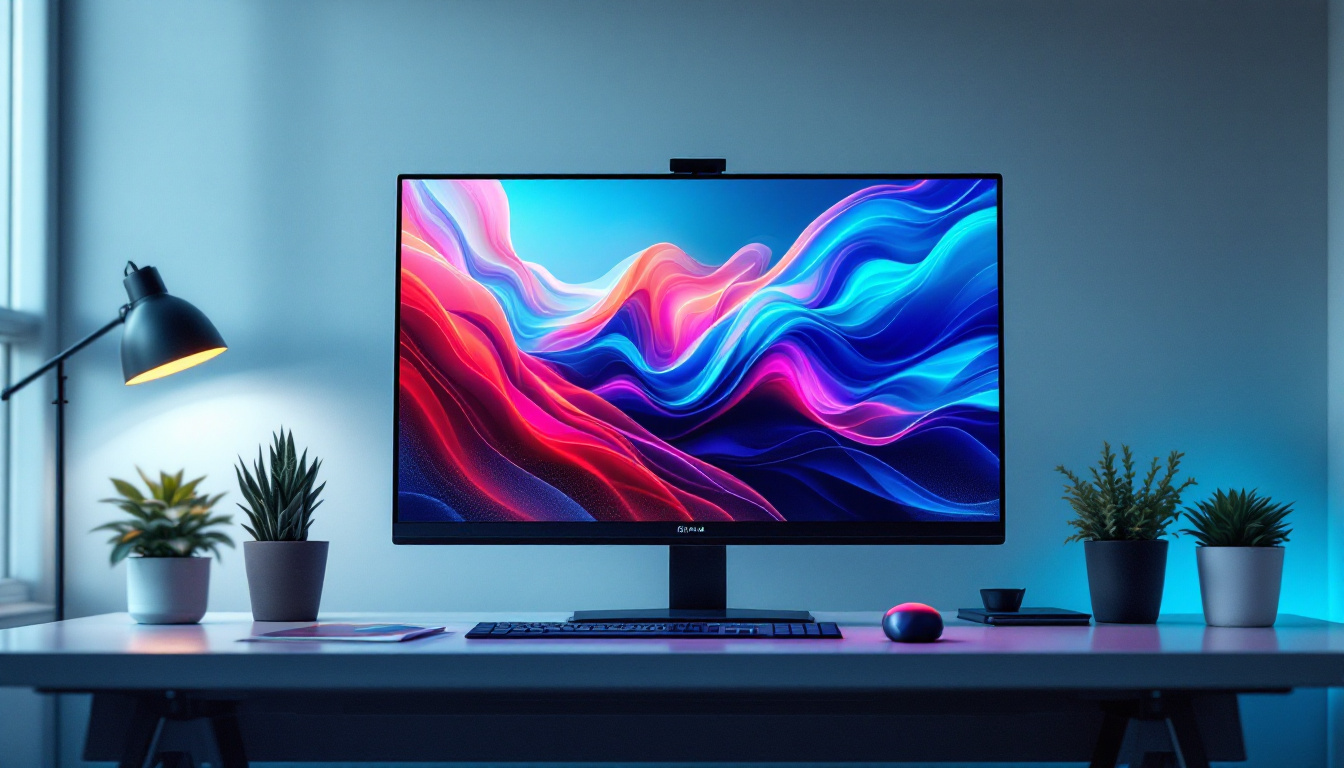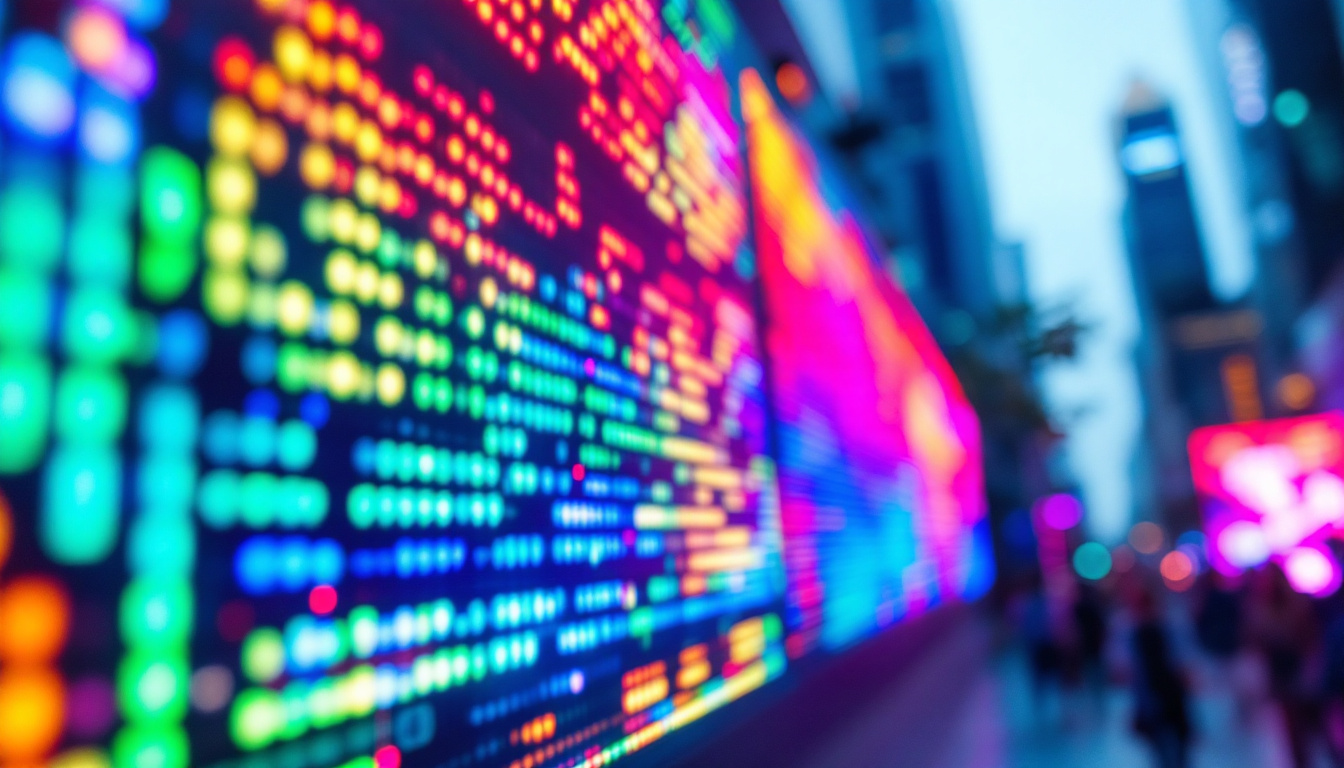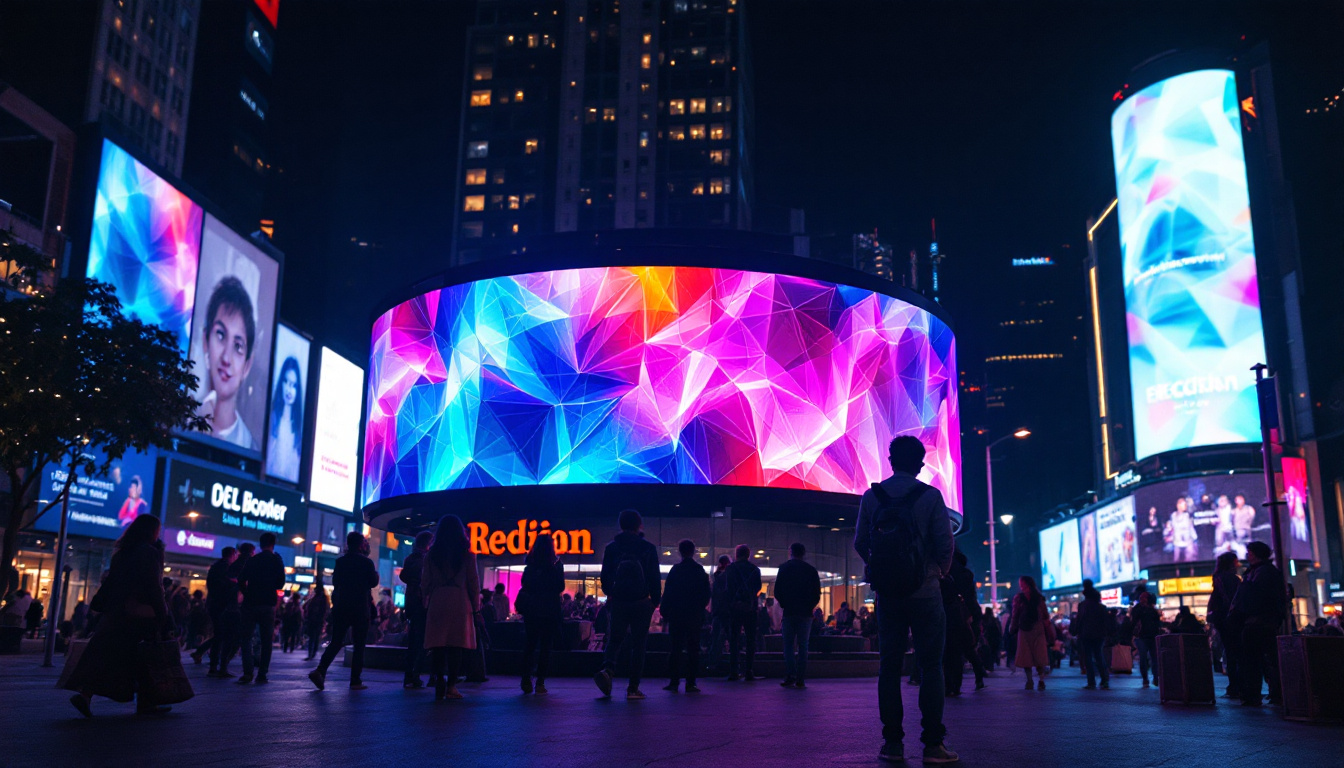In today’s digital age, the monitor stand computer has become an essential component of the workstation setup. With the advent of LED displays, users are presented with a myriad of options that enhance both functionality and aesthetics. This article delves into the intricacies of LED displays, their advantages, and how they integrate with monitor stands to create an optimal viewing experience.
Understanding LED Displays
LED, or Light Emitting Diode, displays have revolutionized the way we perceive visual content. Unlike traditional LCD screens, LED displays utilize a backlight composed of numerous tiny diodes, which results in brighter images, improved contrast ratios, and energy efficiency.
How LED Technology Works
The core of LED technology lies in its ability to produce light through electroluminescence. When an electric current passes through the diode, it emits light. This process allows for a more vibrant color palette and sharper images, making LED displays particularly appealing for graphic designers, gamers, and general users alike.
Moreover, LED displays can be categorized into two types: edge-lit and full-array. Edge-lit displays have LEDs positioned along the edges of the screen, while full-array displays feature a grid of LEDs behind the entire screen. The latter provides better uniformity in brightness and color accuracy, making it a preferred choice for professional applications. In addition, advancements in technology have led to the development of mini-LED and micro-LED displays, which offer even greater precision in color and contrast, further enhancing the viewing experience.
Benefits of LED Displays
LED displays offer several advantages over traditional display technologies. One of the most significant benefits is energy efficiency. LED screens consume less power, which not only reduces electricity bills but also contributes to a greener environment.
Additionally, LED displays have a longer lifespan compared to their LCD counterparts. Users can expect an LED screen to last significantly longer, making it a cost-effective investment in the long run. The durability of LED technology also translates to better performance in various settings, from dimly lit rooms to brightly lit offices. Furthermore, LED displays are less prone to screen burn-in, a common issue with older technologies, allowing for a consistent viewing experience without the worry of permanent image retention. This resilience makes them ideal for a variety of applications, including digital signage, where content is frequently updated and displayed for extended periods.
Choosing the Right Monitor Stand
When it comes to optimizing the use of an LED display, the choice of monitor stand plays a crucial role. A well-designed monitor stand can enhance ergonomics, improve viewing angles, and even elevate the overall aesthetic of the workspace.
Ergonomics and Comfort
One of the primary considerations when selecting a monitor stand is ergonomics. An adjustable monitor stand allows users to set their screens at eye level, reducing neck and back strain. This is particularly important for those who spend long hours in front of a computer.
Moreover, an ergonomic setup can lead to increased productivity. When users are comfortable, they can focus better on their tasks, leading to improved efficiency. Many monitor stands now come with features such as height adjustment, tilt, and swivel capabilities, allowing for a customizable viewing experience.
In addition to height adjustments, some monitor stands also offer integrated cable management systems. This feature helps to keep the workspace tidy by organizing and concealing cables, which can otherwise become a tangled mess. A clean workspace not only looks more professional but can also contribute to a clearer mind, allowing for better concentration and creativity. Furthermore, stands that include built-in storage compartments can help to reduce clutter by providing a designated space for essential office supplies, such as notepads, pens, and other tools, making everything easily accessible while maintaining a streamlined look.
Design and Aesthetics
Beyond functionality, the design of a monitor stand can significantly impact the overall look of a workspace. A sleek and modern stand can complement an LED display, creating a cohesive and stylish environment. Options range from minimalist designs to more elaborate styles that incorporate storage solutions.
Furthermore, the material of the monitor stand can also influence the aesthetic appeal. Metal stands often convey a sense of durability and modernity, while wooden stands can add a touch of warmth and elegance to the office space.
Additionally, color plays a vital role in the visual impact of a monitor stand. Choosing a stand that matches or contrasts with the color scheme of the workspace can create a harmonious or striking effect. For instance, a matte black stand can provide a sleek, professional look in a corporate setting, while a vibrant colored stand might add a playful touch to a creative studio. Some manufacturers even offer customizable options, allowing users to select finishes or patterns that reflect their personal style, making the workspace not just functional but also a true representation of individual taste.
Integrating LED Displays with Monitor Stands
Integrating LED displays with monitor stands is not just about aesthetics; it’s also about maximizing functionality. The right combination can lead to a more organized and efficient workspace.
Cable Management Solutions
One of the common challenges faced by users is cable clutter. Many modern monitor stands come equipped with built-in cable management systems that help keep wires organized and out of sight. This not only enhances the visual appeal of the workspace but also prevents tangling and potential damage to cables.
Effective cable management can also improve airflow around electronic devices, which is crucial for maintaining optimal performance. By reducing clutter, users can create a more serene and focused work environment.
Multi-Monitor Configurations
For professionals who require multiple screens, the integration of LED displays with monitor stands becomes even more critical. Multi-monitor setups can significantly enhance productivity, allowing users to multitask efficiently.
Specialized monitor stands designed for multi-monitor configurations provide the necessary stability and adjustability to accommodate several screens. These stands often feature arms that can be adjusted independently, allowing users to position each monitor at their preferred angle and height.
Considerations for LED Display Selection
When selecting an LED display for use with a monitor stand, several factors should be considered to ensure the best fit for individual needs.
Screen Size and Resolution
The size of the LED display is a critical factor. Larger screens can provide a more immersive experience, particularly for gaming or graphic design. However, it is essential to ensure that the monitor stand can support the weight and dimensions of the chosen screen.
In addition to size, resolution plays a significant role in the quality of the visual experience. Higher resolutions, such as 4K, offer sharper images and more detail, which can be particularly beneficial for creative professionals who rely on precision in their work.
Refresh Rate and Response Time
For gamers and video editors, refresh rate and response time are crucial specifications. A higher refresh rate, measured in hertz (Hz), results in smoother motion, which is particularly important in fast-paced gaming scenarios. Similarly, a lower response time minimizes motion blur, enhancing the overall visual experience.
When selecting an LED display, it is advisable to consider the intended use. For general office work, standard specifications may suffice, while creative and gaming applications may require higher-end features.
Maintenance and Care for LED Displays
To ensure the longevity of an LED display, proper maintenance and care are essential. Regular cleaning and careful handling can prevent damage and maintain optimal performance.
Cleaning Techniques
Cleaning an LED display should be done with care. Using a soft, lint-free cloth is recommended to avoid scratching the screen. It is advisable to use a gentle cleaning solution specifically designed for electronics, as harsh chemicals can damage the display.
Additionally, users should avoid applying excessive pressure when cleaning, as this can lead to pixel damage or other issues. Regular cleaning not only enhances the appearance of the display but also ensures that the colors remain vibrant and true to life.
Handling and Storage
When handling LED displays, it is crucial to avoid touching the screen directly, as fingerprints and oils can affect the display quality. If the monitor needs to be moved or stored, it should be done with care, ensuring that it is protected from impacts and extreme temperatures.
For those who may need to store their LED display for an extended period, it is advisable to keep it in its original packaging or a protective cover to prevent dust accumulation and potential damage.
Future Trends in LED Displays and Monitor Stands
The technology behind LED displays and monitor stands continues to evolve, promising exciting advancements in the near future. Emerging trends indicate a shift towards even more innovative solutions that enhance user experience.
Smart Monitor Stands
One of the most intriguing developments is the rise of smart monitor stands. These stands may incorporate features such as built-in wireless charging, integrated speakers, and even health monitoring systems that track posture and remind users to take breaks.
Such innovations aim to create a more interactive and user-friendly workspace, catering to the needs of modern professionals who seek both functionality and convenience.
Advancements in Display Technology
As LED technology continues to advance, users can expect improvements in color accuracy, brightness, and energy efficiency. Technologies like Mini-LED and Micro-LED promise even better performance, offering enhanced contrast ratios and deeper blacks.
These advancements will not only enhance the visual experience but also contribute to more sustainable practices in the production and usage of displays, aligning with the growing emphasis on environmental responsibility.
Conclusion
The integration of LED displays with monitor stands represents a significant advancement in creating efficient and aesthetically pleasing workspaces. Understanding the technology behind LED displays, coupled with the importance of selecting the right monitor stand, can greatly enhance the user experience.
As technology continues to evolve, staying informed about the latest trends and innovations will empower users to make informed decisions, ensuring that their workspace remains both functional and stylish. Whether for gaming, creative work, or general office tasks, the right combination of LED display and monitor stand can make all the difference in productivity and comfort.
Discover LumenMatrix’s Advanced LED Display Solutions
Ready to elevate your workspace with the latest in LED display technology? Look no further than LumenMatrix, a pioneer in crafting mesmerizing visual experiences with a diverse range of LED display solutions. From vibrant Indoor LED Walls to dynamic Outdoor LED Displays, and from sleek LED Posters to immersive Floor LED Displays, LumenMatrix has the perfect fit for your needs. Embrace the future of visual communication and check out LumenMatrix LED Display Solutions today to transform your space into a hub of productivity and style.

